Feature image @annettebreviews
Hollywood’s Golden Age is generally considered to run from the 1920s until the early 1960s and is characterized by glitz and glamour. The large Hollywood studios dominated all aspects of the motion picture industry and expected stars, such as Grace Kelly and Cary Gran,t as well as many others, to make their films successful. The process of making films and the technologies used changed greatly during this time period, and the pioneers of this era built the framework for the film industry that exists today. Here are eleven novels set during Hollywood’s Golden Age that bring that era to life.
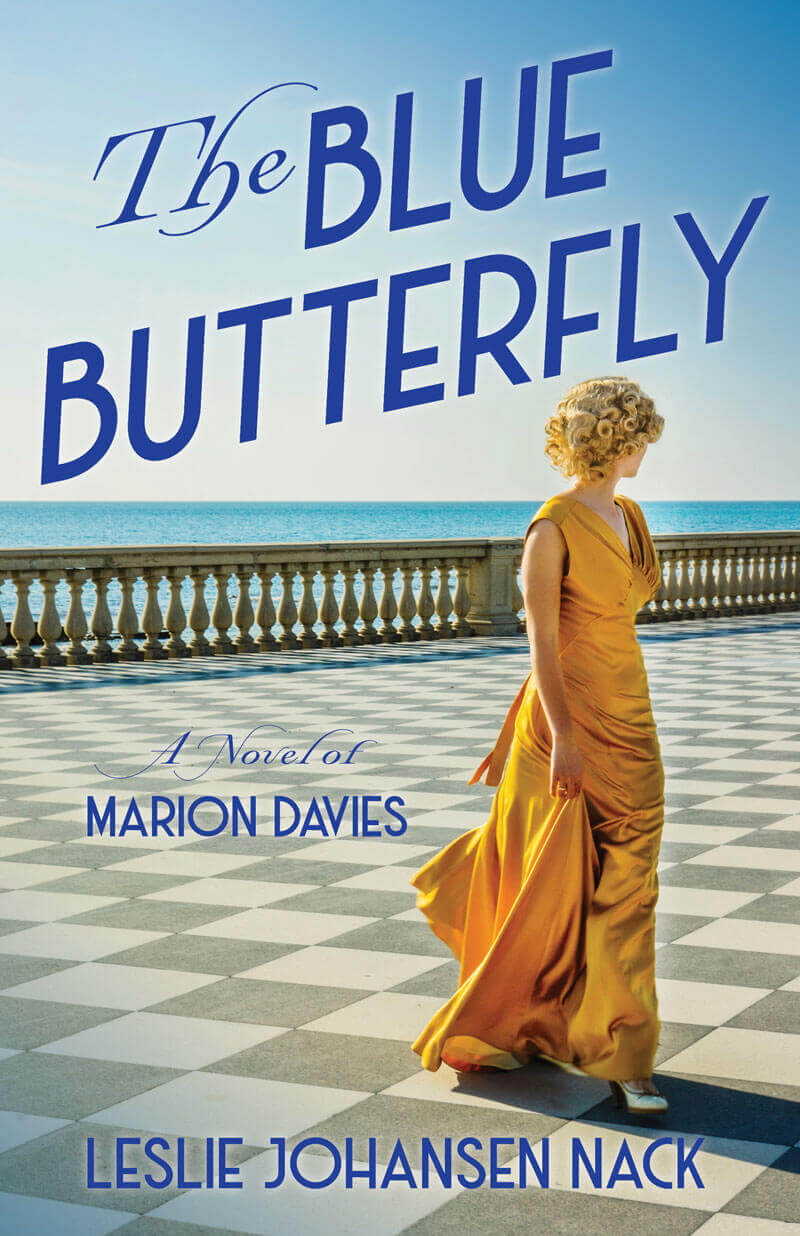
The Blue Butterfly by Leslie Johansen Nack
Enter the lavish world of William Randolph Hearst, Hollywood’s Golden Age, and the life of a young woman finding success in life and love. In The Blue Butterfly, Marion Davies is a young and talented Broadway dancer who begins an affair with William Randolph Hearst. He is determined to help Marion become a successful actress and she is captivated by his passion, wealth and eccentricities. Marion and Hearst have a long love affair, and she learns to live as his mistress, eventually giving birth to his daughter in secret. When Hearst gets into financial trouble during the Depression, Marion is the only one willing to loan him the money that will save him. Now, the upcoming release of the film Citizen Kane threatens to invalidate everything Marion has worked so hard to achieve.
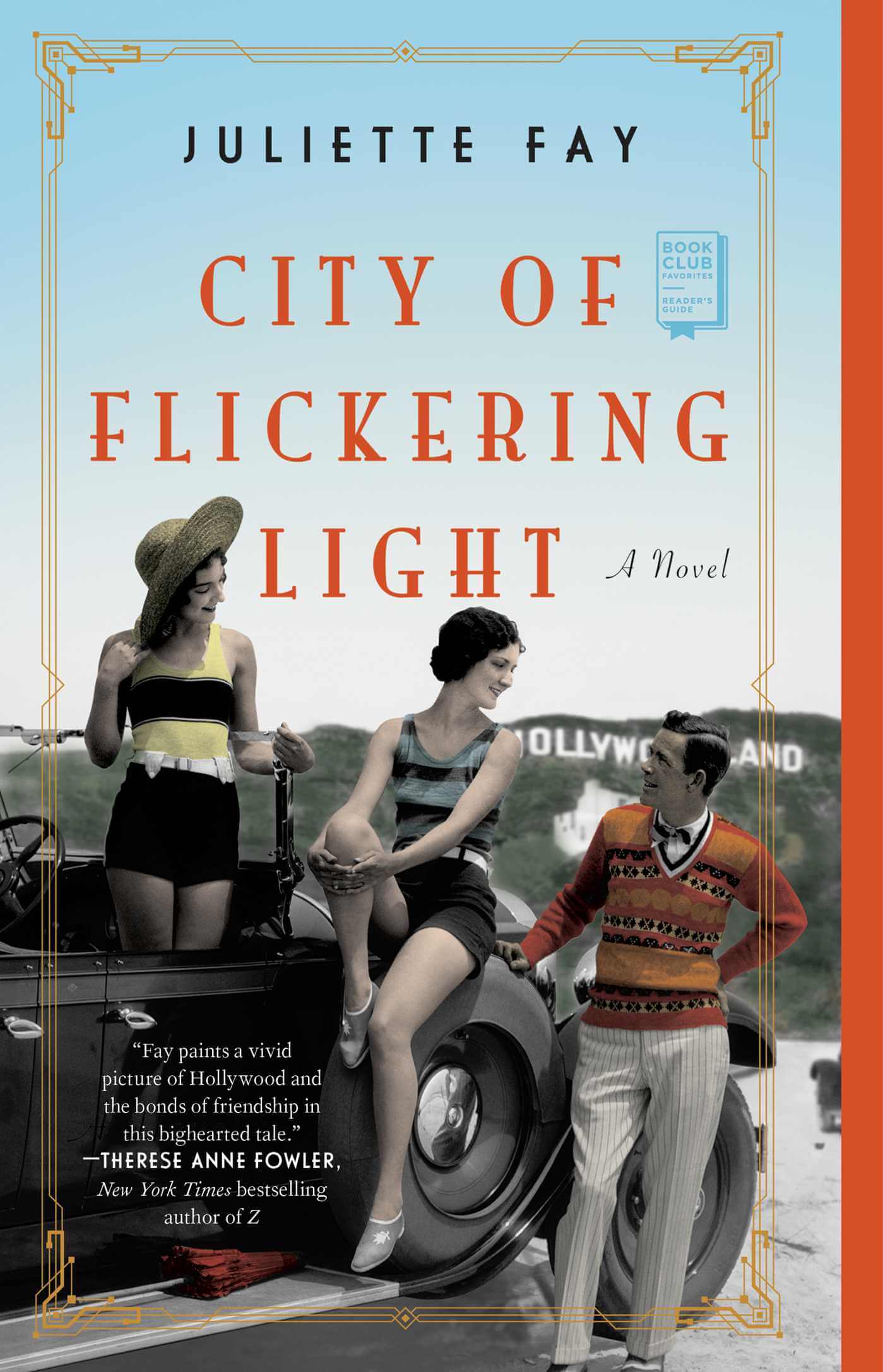
City of Flickering Light by Juliette Fay
City of Flickering Light is set in Golden Age Hollywood during the silent film era. The story centers around three friends who struggle to find their place and role in Tinseltown amidst the burgeoning silent film industry. Fay clearly did her research and includes cameos from a variety of famous silent film stars and others involved in the early “flickers” business. City of Flickering Light is a fascinating glimpse into a bygone era and pays homage to those whose creativity and ingenuity spawned the movie and television industry that exists today.

Design for Dying by Renee Patrick
The authors, Rosemary and Vince Keenan writing as Renee Patrick, create an enthralling look into Hollywood’s Golden Age, including both the upscale and the seedy. It’s 1937, and Lillian Frost works as a department store salesgirl at Tremayne’s in Los Angeles after having auditioned for a movie part and deciding that she was not cut out for that career. She learns that Ruby Carroll, a former roommate of Lillian’s, has been murdered while wearing a gown “borrowed” from the Paramount wardrobe department. Upon visiting Paramount, she meets Edith Head (still in the early stages of her career), and they team up to find Ruby’s killer. The inclusion of Edith Head as Lillian’s crime solving partner provides an engaging peek into early Hollywood fashion and wardrobe creation and the early stages of Ms. Head’s career, long before she won her Academy Awards or teamed up with Alfred Hitchcock.
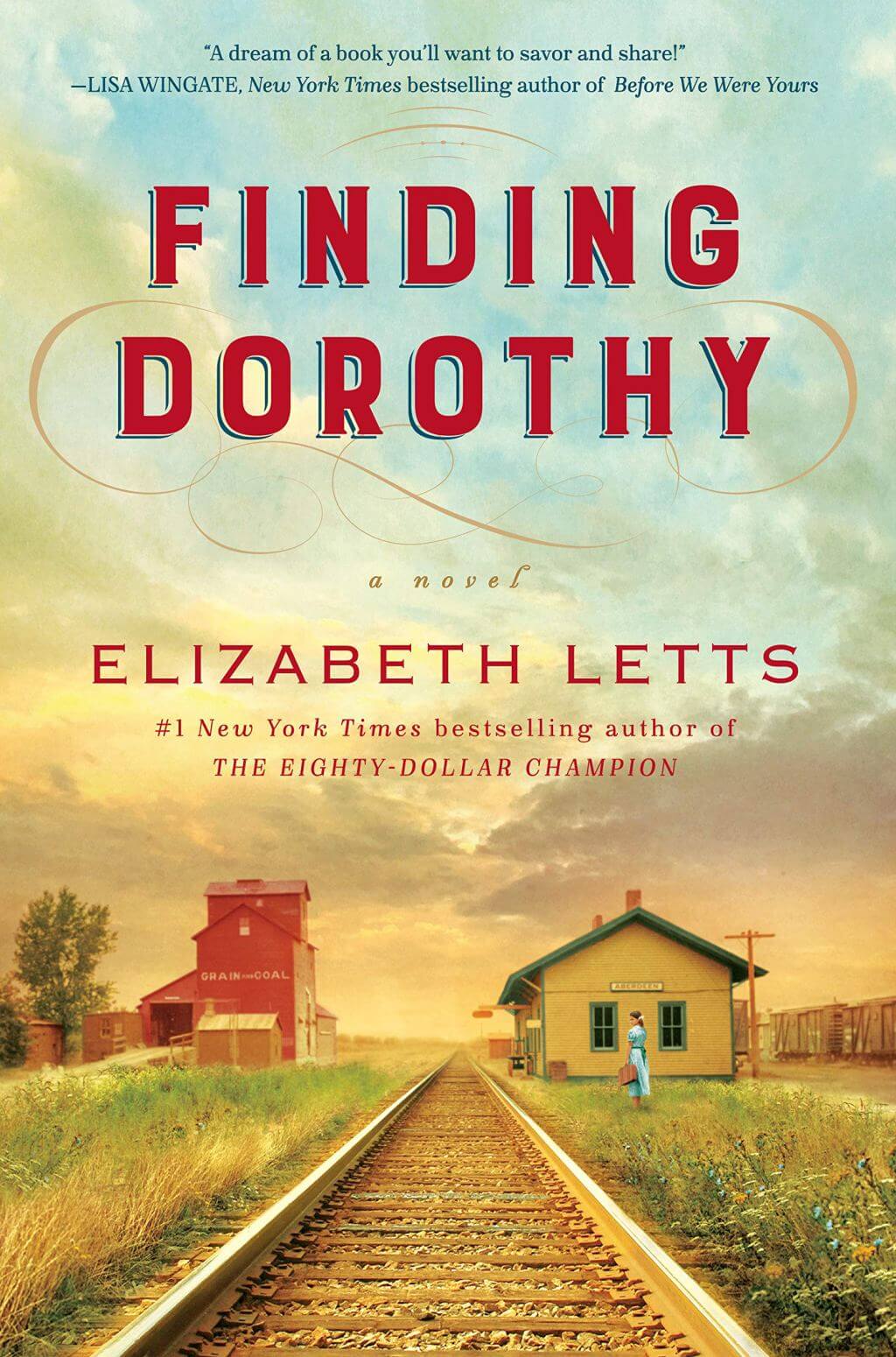
Finding Dorothy by Elizabeth Letts
Finding Dorothy is an entertaining read that reimagines the creation of the book The Wizard of Oz and then the subsequently filming of the movie. By the time the movie was being made in 1938, L. Frank Baum had passed away, and his wife Maud Gage Baum wanted to ensure that the director and others involved in the film stayed true to the book. She offered her services and spent some time on the set. The story is a dual timeline tale, alternating between Maud’s younger years and the period during which the movie was made. Finding Dorothy will appeal to fans of The Wizard of Oz and those who are fascinated by Golden Age Hollywood.
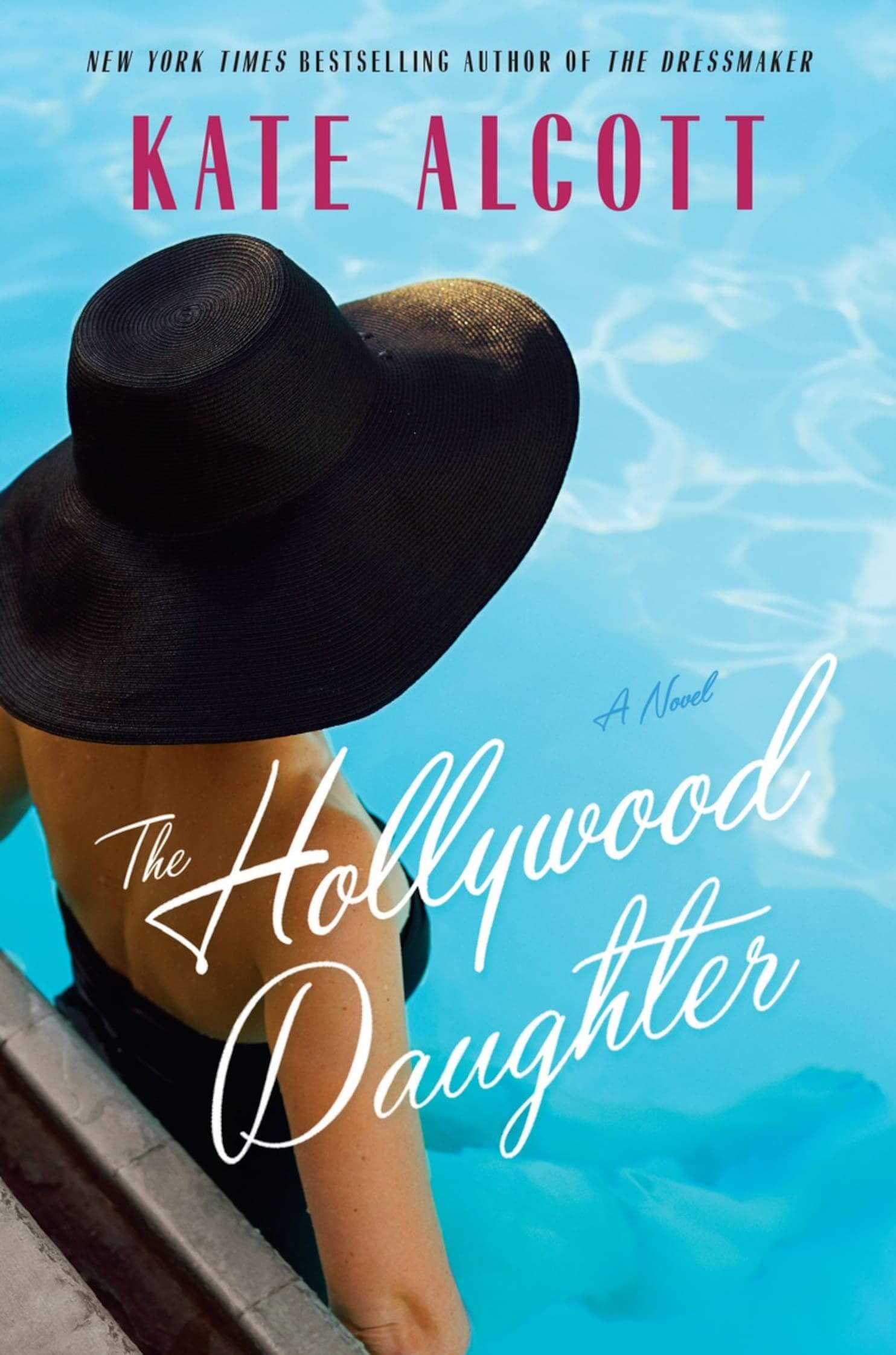
The Hollywood Daughter by Kate Alcott
The Hollywood Daughter is set in Hollywood in the 1940’s and 1950’s and demonstrates the impact of both McCarthyism and the Catholic Church on Hollywood movies and stars from that era. Jessica Malloy’s childhood is framed by her father’s job as a PR executive and his representation of Ingrid Bergman. As Hollywood is feeling the pressure of McCarthyism and censorship sanctioned by religious organizations, Ingrid Bergman grows weary of her position as a moral role model and embarks on an affair with film director Roberto Rossellini. Bergman is banished from Hollywood in 1950, and Jessica’s father’s career is unfairly ruined, leading to his demise. After she finishes high school, Jessica, soured on Los Angeles and Hollywood, moves to New York and starts a job with Newsweek. She receives an anonymous invitation to the Academy Awards. Surprised and curious, Jessica returns to Los Angeles to attend the awards and finds herself wanting to understand exactly what happened years before.
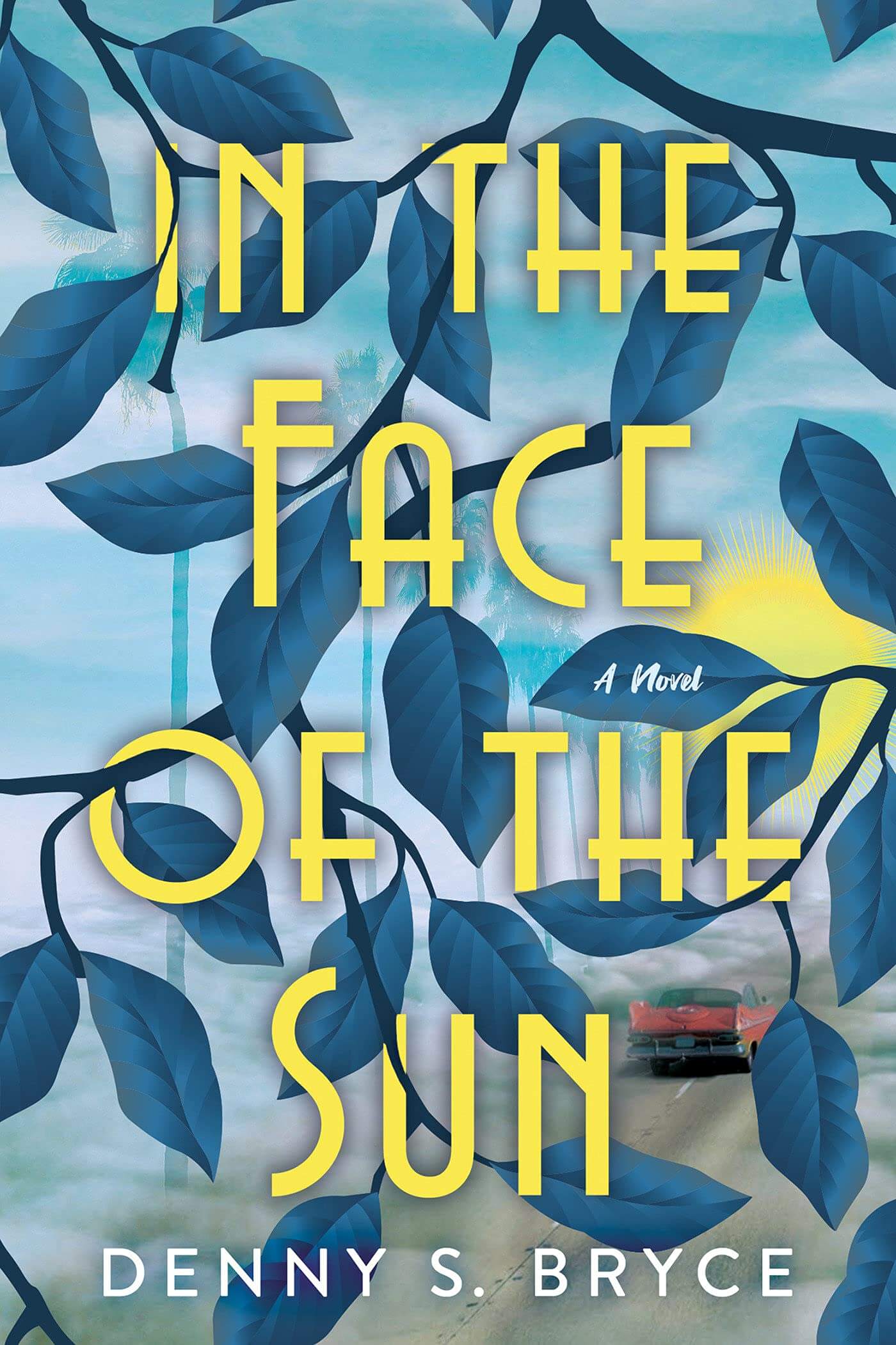
In the Face of the Sun by Denny S. Bryce
In this dual timeline narrative set in 1928 and 1964, Bryce follows two women, Daisy Washington and Frankie Saunders. In 1928, Daisy spends her time at the newly-built Hotel Somerville chronicling behind-the-scenes Hollywood scandals and monitoring the African-American elite who frequent the Somerville until she reveals secrets that threaten her own safety. In 1964, Frankie is pregnant and anxious to leave an abusive relationship; with her aunt Daisy, the two head out on a road trip from Chicago to Los Angeles. As the two women fight to remedy their past mistakes and relationships, they also work to solve a mystery from 1920s Hollywood.

Mercury Pictures Presents by Anthony Marra
Mercury Pictures Presents follows a group of individuals connected to a floundering movie studio at the beginning of World War II. As the war ramps up, the studio is enlisted to help create propaganda reels. In addition, the studio becomes a home for the various emigres from Europe, a strong female producer who wants to make her mark in the film world, an actor struggling to find non-stereotypical roles, and other similarly disenfranchised people. Toggling between Italy and Los Angeles, Mercury Pictures Presents focuses on how a group of ordinary citizens are affected by war and its long-lasting effects, and their stories are woven together in moving and occasionally surprising ways.
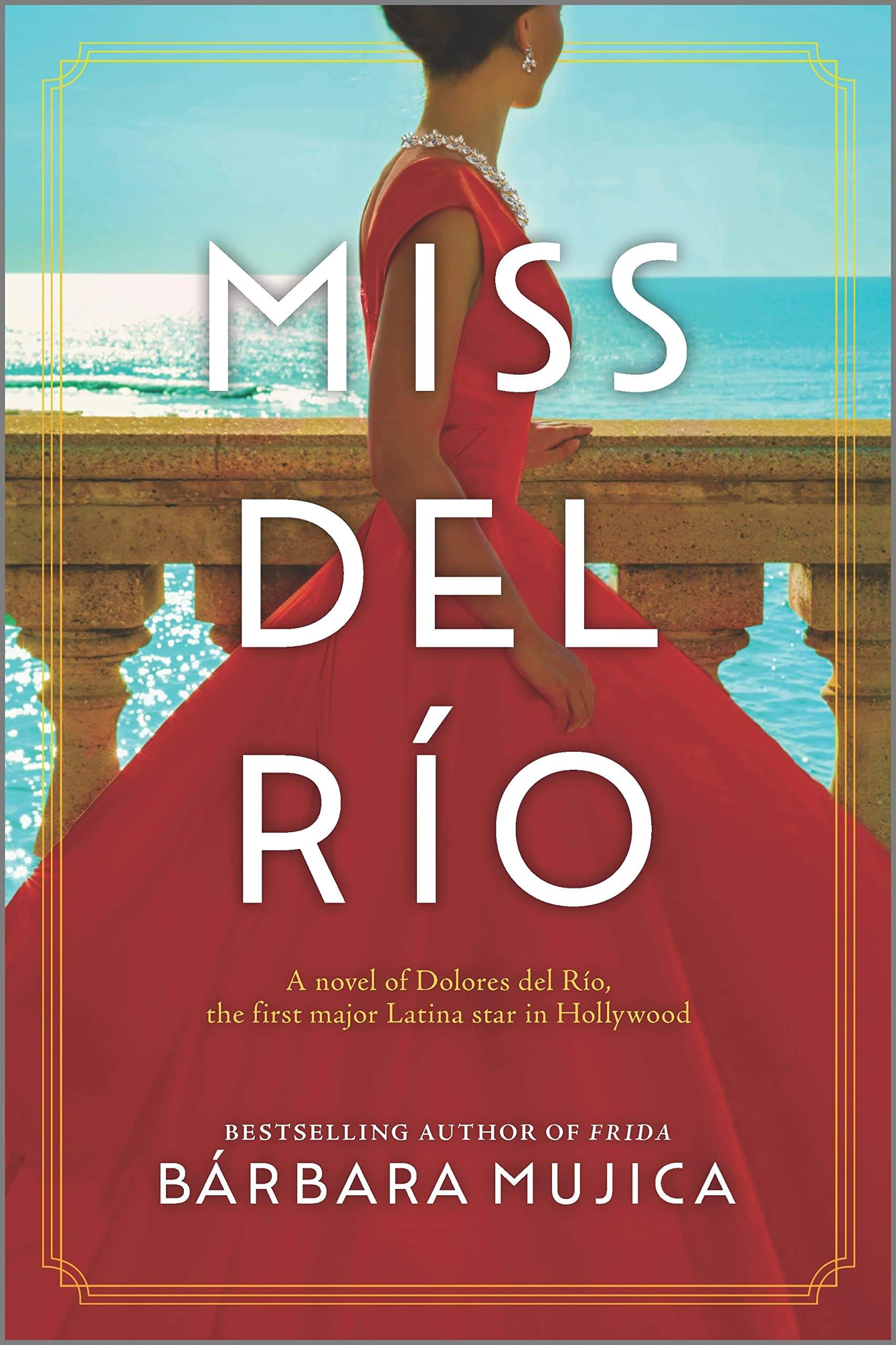
Miss Del Rio by Barbara Mujica
Miss Del Rio chronicles the life of famed Hollywood star Dolores Del Rio, whose life spanned a number of pivotal moments in history including the Mexican Revolution, the Jazz Age, Golden-Age Hollywood, and World War 2. Relayed through Mara, Dolores’ fictional hairdresser and close friend, the novel follows Dolores through a meteoric film career in Hollywood, despite intense racism directed her way, and an intense personal life which included numerous lovers and husbands, all amid the backdrop of wealth and privilege. When the war intensifies nativism in the United States and non-white stars are ostracized, Dolores finds she must return to Mexico to continue her career. Hollywood fans will enjoy the presence of other screen royalty including Marlene Dietrich and Orson Welles.
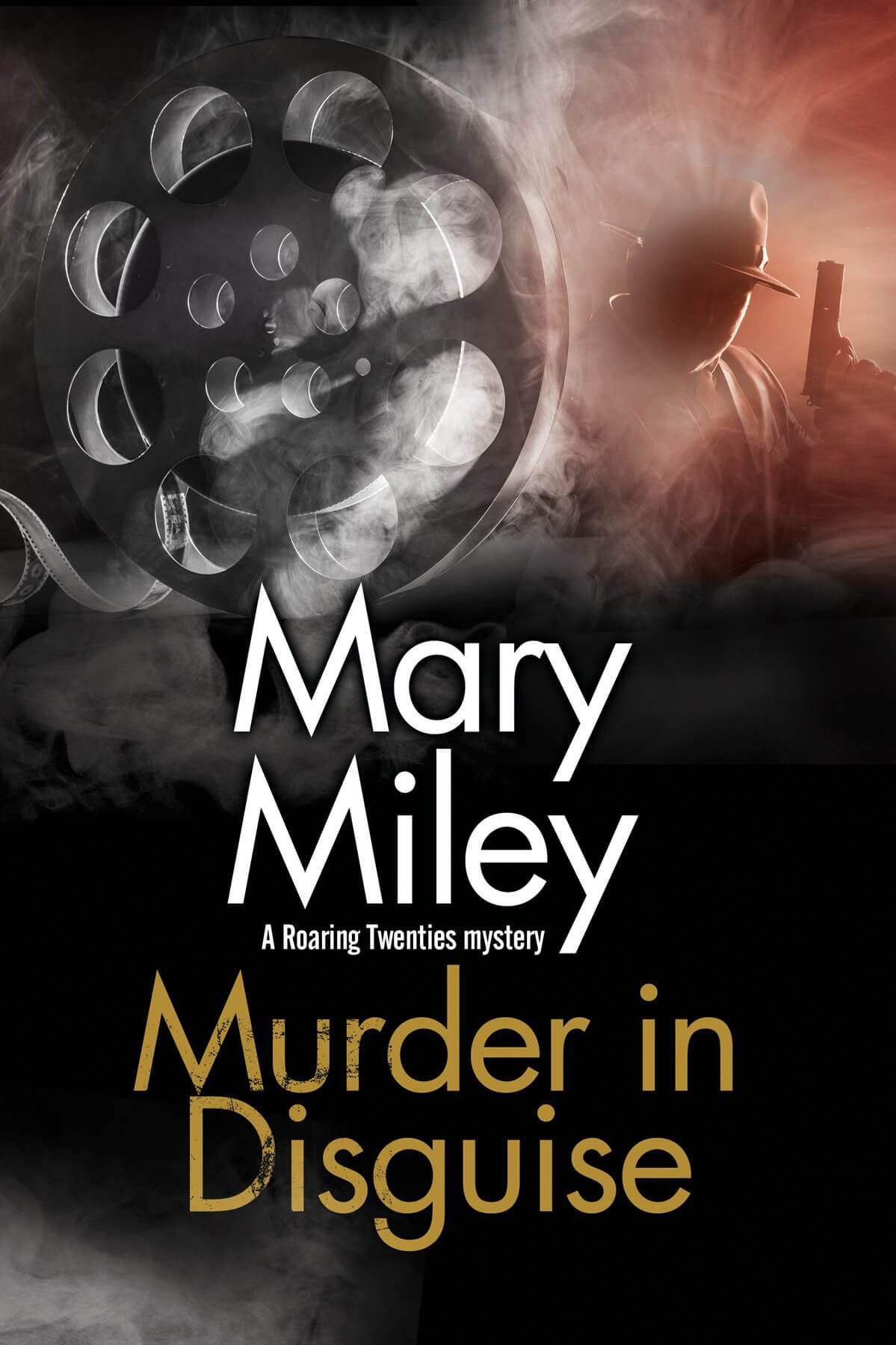
Murder in Disguise by Mary Miley
Mary Miley’s Roaring Twenties series provides a glimpse into the later years of the silent film era. In Murder in Disguise, Jessie tackles the murder of a movie projectionist. The man murdered is the spouse of a fellow employee at the Pickford-Fairbanks Studio, and his wife engages Jessie to solve the crime. Jessie works as a script girl for the studio during the day but continues to pursue her interest in solving mysteries on the side. Numerous famous individuals from that era make appearances such as her roommate Myrna Loy (prior to her career taking off), Adele and Fred Astaire (whose mother changed their last name from Austerlitz to Astaire to sound more patriotic during the Great War), and Douglas Fairbanks. Miley also incorporates fascinating vaudeville trivia including that Helen Keller performed with her interpreter for a few years on a circuit and that Adele Astaire was more famous than her brother Fred during their lifetimes even though he is the only one remembered today.
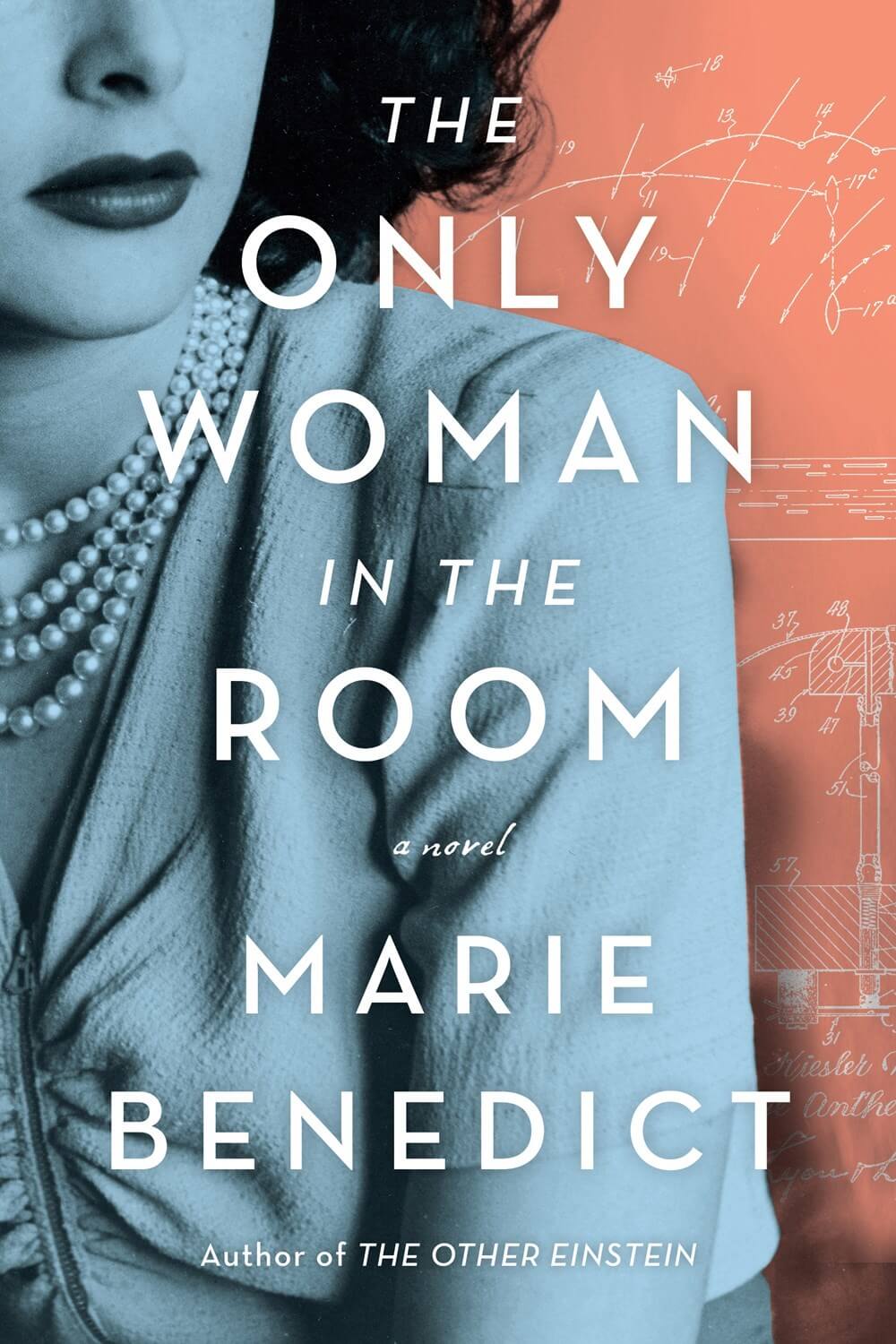
The Only Woman in the Room by Marie Benedict
The Only Woman in the Room chronicles the long and accomplished life of Hedy Lamarr (born Hedwig Keisler), the Hollywood screen star from the 1940s and 1950s. Escaping her Nazi-affiliated husband in the dead of night, she arrives in Hollywood where she launches the acting career for which she is well known. Unable to forget the horrors she witnessed in Austria, she recruits a partner (George Antheil), and they quietly begin work on an invention that she hopes will help the United States win the war against Germany. While the U.S. Navy did not adopt their invention until the 1960s, their work eventually led to the creation of Bluetooth and ultimately WiFi and the cell phone, and she and Antheil were inducted into the National Inventors Hall of Fame in 2014.
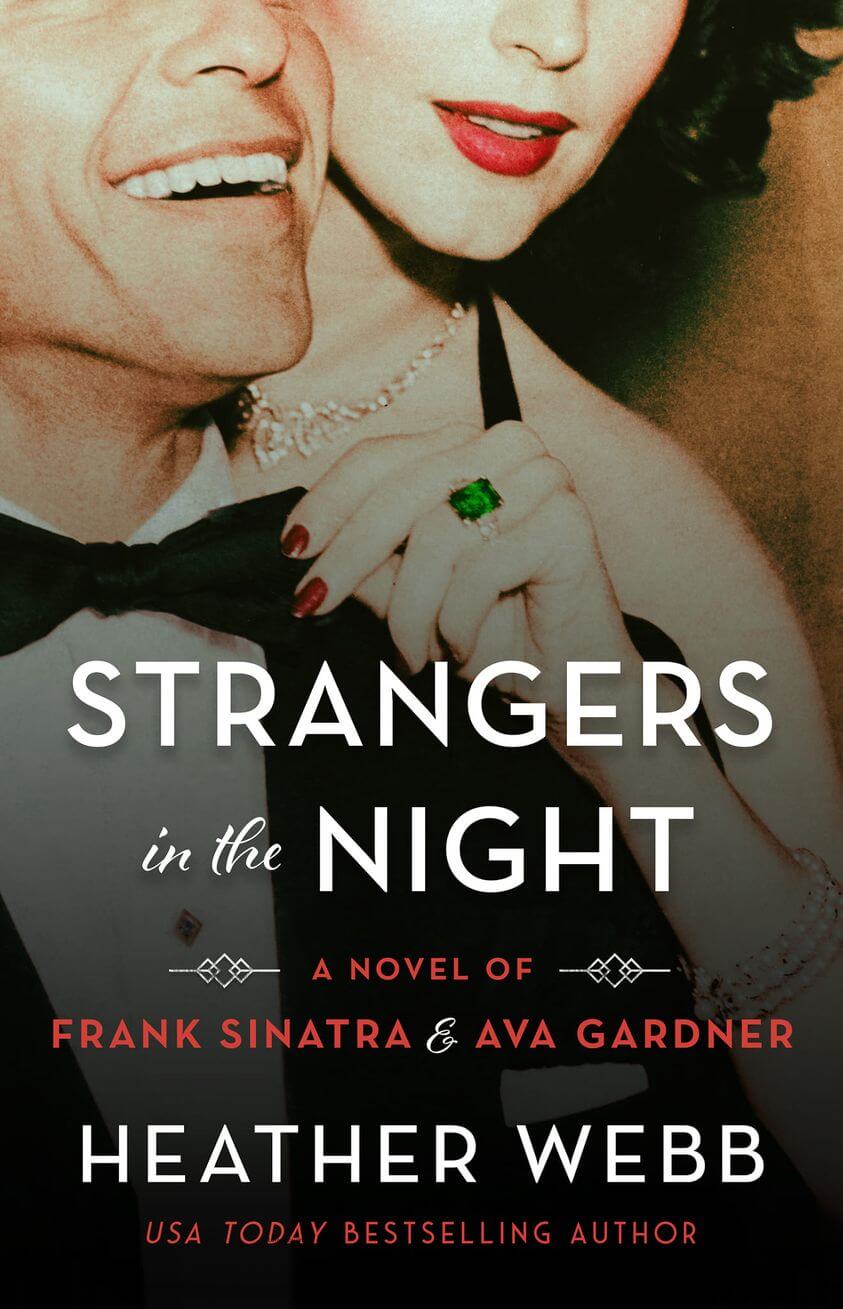
Strangers in the Night by Heather Webb
In Strangers in the Night, Heather Webb tells the story of two of the most well-known celebrities of the later years of Hollywood’s Golden Age, Frank Sinatra and Ava Gardner, and the volatile love affair that tied them to each other. Their relationship is considered to be one of the most renowned love affairs of the era and was filled with passion, anger, happiness, jealousy and explosive tempers. Strangers in the Night chronicles their careers and their love affair while providing some behind-the-scenes details and little-known history about these two stars that captivated the world separately and together.
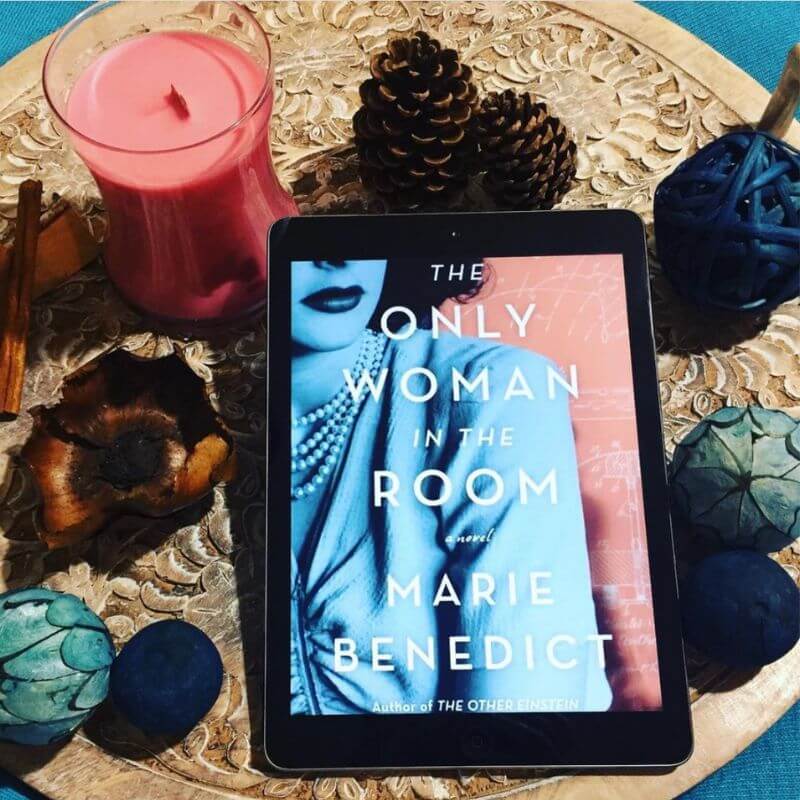
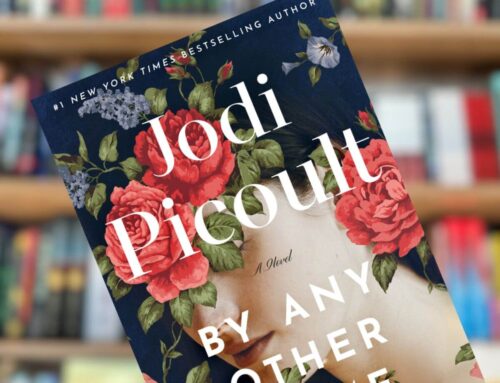
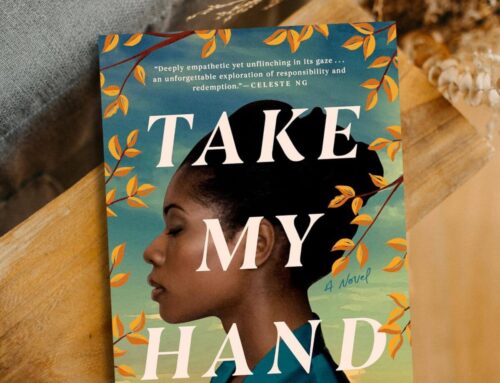
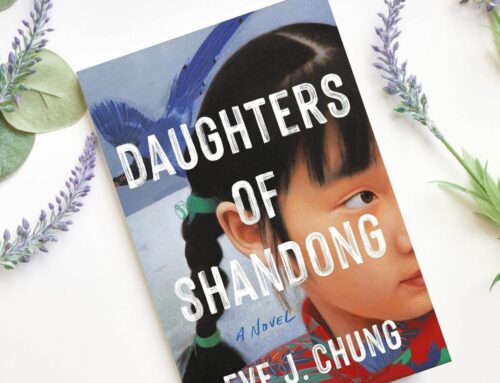
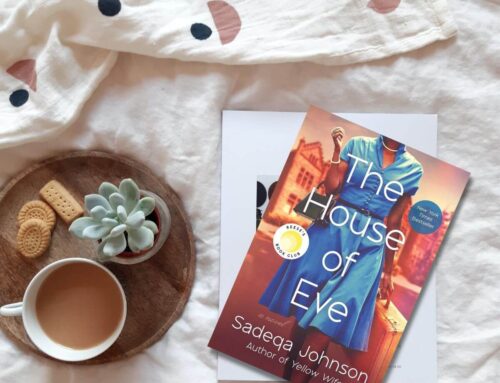
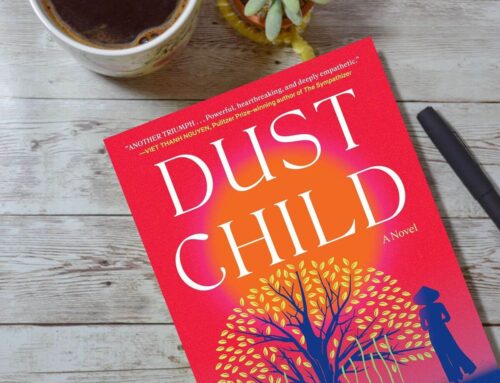
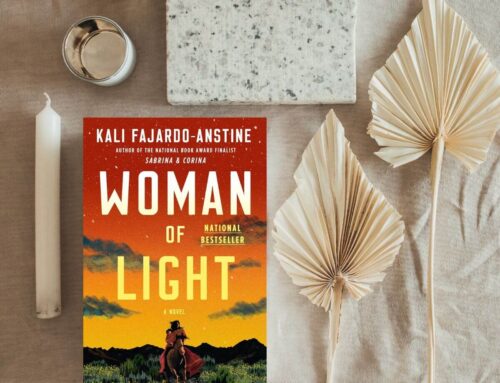
Leave A Comment